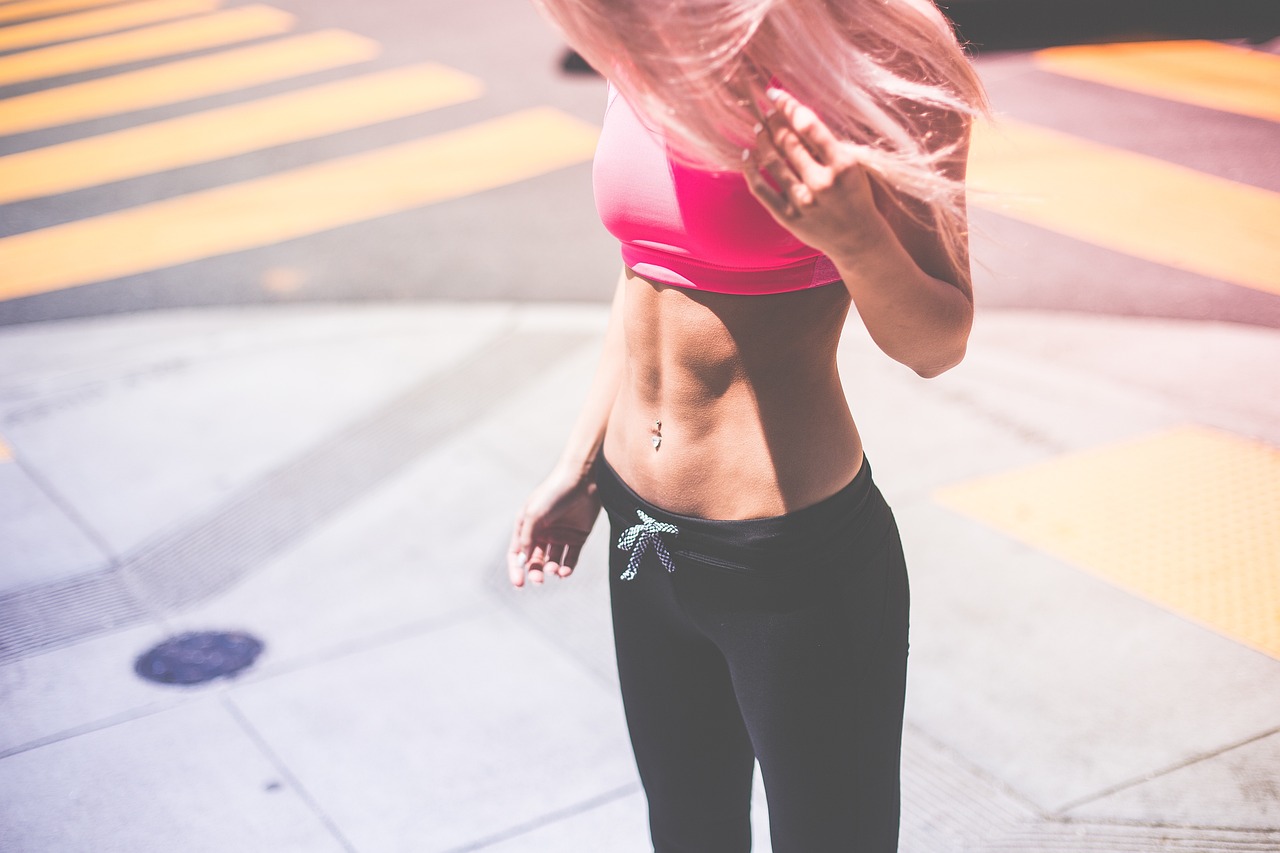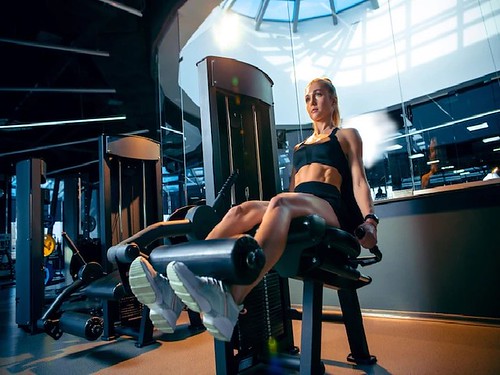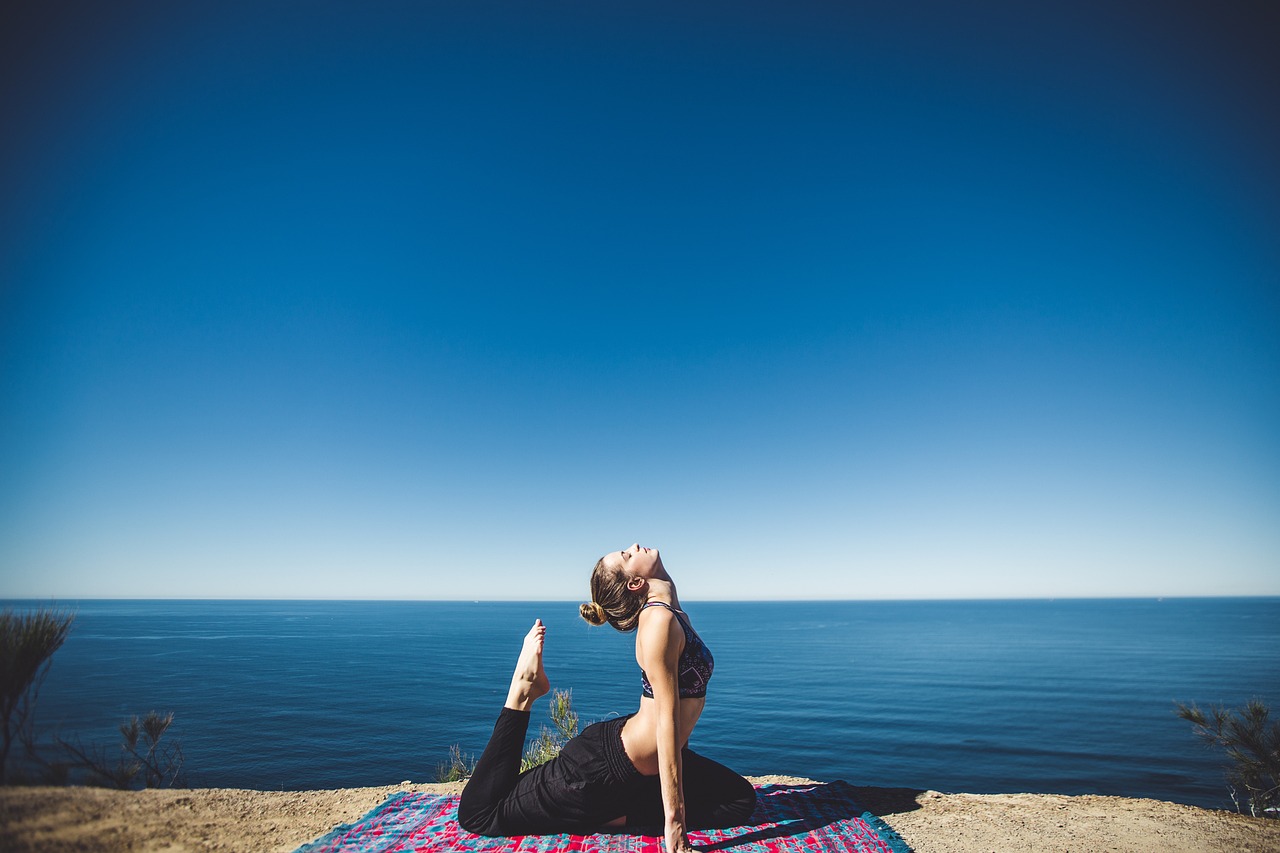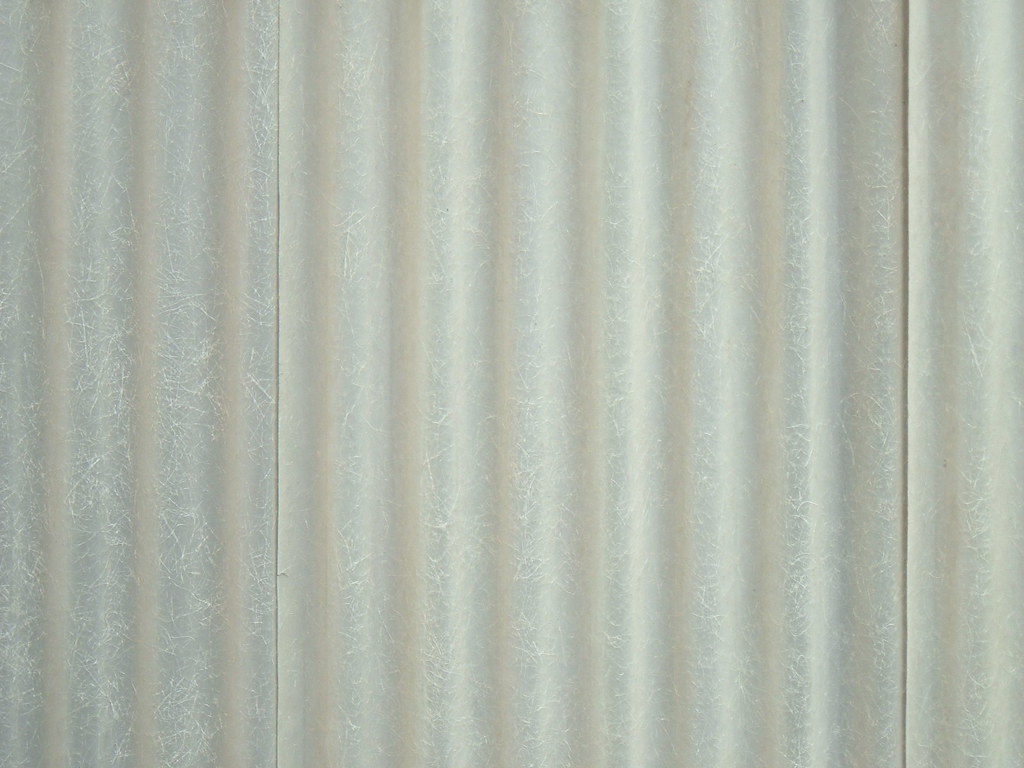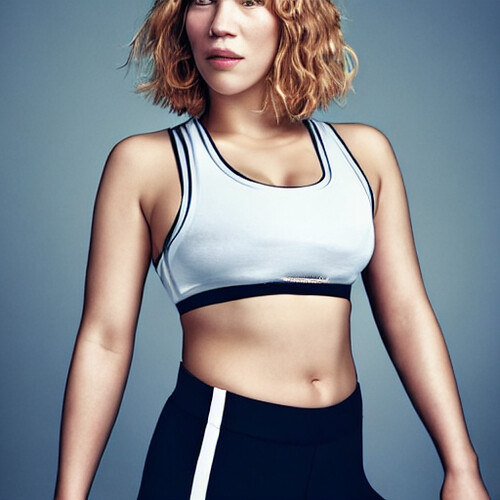Workout clothes are an essential part of any fitness routine, providing the comfort, flexibility, and moisture-wicking properties needed to maximize performance. However, without proper care, these clothes can quickly lose their functionality, leaving you with faded colors, bad odors, or worn-out fabrics. Fortunately, with a little extra attention, you can keep your workout gear in excellent condition, helping you extend their life and get the most out of your investment. In this guide, we’ll walk through the best ways to maintain and care for your workout clothes, from washing tips to storage solutions.
1. Read the Care Labels
The first and most important step in taking care of your workout clothes is to read the care labels on each item. Care labels provide essential information about how to properly wash, dry, and handle your clothing. This includes water temperature, recommended detergents, and whether the garment should be machine washed or hand-washed.
Workout clothes are often made from special fabrics like polyester, spandex, or blends that require gentle treatment. Ignoring the care labels can result in shrinkage, damage, or reduced performance of the fabric. Before you toss anything into the washing machine, take a few seconds to familiarize yourself with the care instructions to ensure you’re treating your gear the right way.
2. Separate Workout Clothes from Regular Laundry
To keep your workout clothes in the best possible condition, it’s a good idea to separate them from your regular laundry. Gym clothes are typically made of moisture-wicking materials that can be damaged by the harshness of fabrics like denim or heavy towels. Washing workout clothes separately also allows you to use a more gentle cycle and avoid overloading the washing machine, which can stretch or damage the delicate fabrics.
Additionally, separating workout clothes allows you to wash them with cold water and a lower spin cycle, which helps maintain the elasticity of materials like spandex. The cold water helps preserve colors and prevents shrinkage, while the lower spin cycle reduces wear and tear.
3. Pre-Treat Stains and Odors
Workout clothes are exposed to sweat, dirt, and body oils that can leave stubborn stains and unpleasant odors. To keep your gym gear fresh, it’s a good idea to pre-treat any stains or odors before tossing them in the wash. You can use a pre-wash stain remover to target specific spots, such as armpits or collars that are more prone to discoloration.
If you’re dealing with particularly strong odors, consider soaking your workout clothes in a mixture of water and white vinegar for 15-30 minutes before washing. Vinegar is effective in neutralizing odors, and it can also help break down the oils that cause buildup on the fabric. Just be sure to rinse well afterward to avoid any lingering vinegar smell.
4. Use a Gentle Detergent
Choosing the right detergent can make a big difference in how well your workout clothes are cared for. It’s best to use a gentle detergent that is free of harsh chemicals, fragrances, and dyes. Strong detergents can break down the fibers of moisture-wicking fabrics, reducing their performance and causing the material to lose its elasticity.
There are detergents specially formulated for activewear that help remove sweat, oils, and odors without damaging the fabric. These detergents are designed to target the specific types of buildup that occur with workout gear while being gentle enough to maintain the integrity of the fabric. Avoid using fabric softeners, as they can coat the fibers of performance fabrics, reducing their moisture-wicking abilities and making it harder for the clothes to breathe.
5. Turn Clothes Inside Out
Turning your workout clothes inside out before washing can help protect the outer layer of the fabric from friction, which can cause pilling and fading. The inside of workout clothes tends to accumulate most of the sweat, oil, and bacteria, so turning them inside out also helps ensure that the dirtiest parts get a more thorough cleaning.
By protecting the outer layer of your clothing, you can prevent premature wear and keep your gear looking newer for longer. This simple step can also help reduce any damage caused by zippers, buttons, or other rough items that may be washed at the same time.
6. Wash with Cold Water
Using cold water to wash your workout clothes is key to maintaining their quality and prolonging their lifespan. Cold water is gentler on the fabric and helps prevent shrinkage, fading, and stretching. Hot water can damage the elastic fibers in activewear, causing it to lose its shape and reducing its effectiveness over time.
Cold water is also effective in breaking down sweat and grime without causing damage to the fabric. If you need to sanitize your workout clothes, consider using a laundry sanitizer that works with cold water instead of opting for hot water, which can degrade the quality of your clothing.
7. Avoid Using the Dryer
The heat from a dryer can be damaging to the delicate fabrics commonly used in workout clothes. High heat can break down the elasticity of spandex and cause the material to lose its stretch, resulting in loose, ill-fitting clothes. To extend the life of your workout gear, it’s best to air dry them instead.
After washing, gently squeeze out excess water without wringing or twisting the fabric, as this can cause stretching. Hang your workout clothes on a drying rack or use hangers to let them air dry. If you’re in a rush and need to use a dryer, choose a low or no-heat setting to minimize damage.
8. Avoid Fabric Softeners and Dryer Sheets
Fabric softeners and dryer sheets can be detrimental to the performance of your workout clothes. The softening agents coat the fibers of moisture-wicking fabrics, reducing their ability to draw sweat away from your body. This can make your clothes less effective at keeping you dry during workouts and may even trap odors in the fabric.
If you prefer your clothes to feel softer, try adding half a cup of white vinegar to the rinse cycle. Vinegar naturally softens fabrics without leaving a residue, and it can help to break down any buildup that might be present on your workout clothes.
9. Store Your Workout Clothes Properly
Proper storage is another key aspect of caring for your workout clothes. Ensure that your workout gear is completely dry before folding and storing it to prevent mold or mildew growth. Performance fabrics can trap moisture, so if they’re stored while still damp, they could develop a musty smell that’s hard to remove.
It’s also best to store workout clothes in a well-ventilated area rather than packing them tightly in drawers. Keeping them loosely folded will help the fabrics maintain their shape and elasticity, and it will also allow them to breathe between uses. If you’re often on the go, consider using a breathable mesh bag for storing workout clothes in your gym bag to keep them fresh.
10. Handle Odors Immediately
Sweat and bacteria can quickly lead to unpleasant odors if not addressed right away. Rather than letting your sweaty clothes sit in your gym bag, try to wash them as soon as possible. If you can’t wash them right away, allow them to air out to prevent odors from setting in. You can hang them up or place them in a well-ventilated area until you’re ready to wash them.
Using a pre-soak with baking soda can also help neutralize odors. Baking soda works as a natural deodorizer, helping to lift out lingering smells. Add half a cup of baking soda to a basin of water and let your clothes soak for 15-20 minutes before washing.
11. Rotate Your Workout Gear
Rotating your workout gear helps prevent excessive wear and tear on individual items. If you wear the same pair of leggings or sports bra multiple times per week, they’re likely to lose their elasticity and show signs of wear sooner. Having several pieces of workout gear allows you to rotate them, giving each piece time to rest and recover its shape between wears.
Workout clothes, especially those made from compression fabrics, benefit from having time to relax between uses. By giving the elastic fibers time to return to their natural shape, you can extend the life of your workout clothing and maintain their performance benefits.
Taking proper care of your workout clothes is essential to keep them performing well and looking good for longer. By following these tips—reading care labels, washing with cold water, avoiding the dryer, and using the right detergents—you can extend the life of your activewear and make the most of your investment. Proper care not only helps your clothes stay fresh and functional, but it also means that you can focus on your workouts without any distractions from uncomfortable or worn-out gear.


